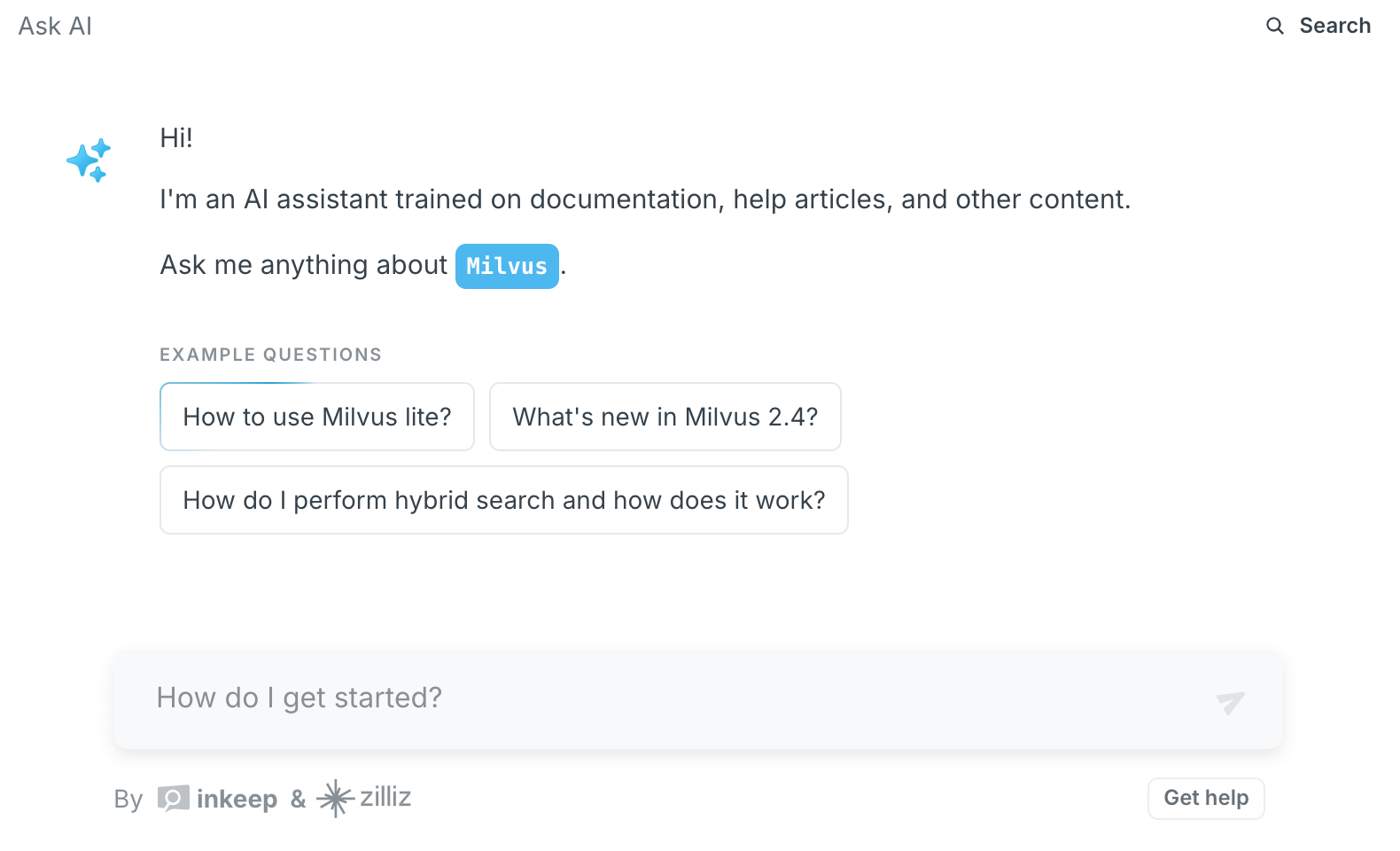Answer: Prompt templates for Retrieval-Augmented Generation (RAG) systems define how retrieved context and user queries are structured to guide the model’s output. Two common styles are Q/A templates (e.g., “Question: … Context: … Answer: …”) and conversational templates (e.g., dialogue-like interactions). These templates influence response quality, relevance, and style by shaping how the model processes context and user intent. Below are examples and their impacts.
Examples of RAG Prompt Templates
- Q/A Template:
Question: What causes solar eclipses?
Context: A solar eclipse occurs when the Moon passes between the Sun and Earth, blocking sunlight.
Answer:
This format explicitly separates the question, context, and answer, directing the model to focus on the provided information.
- Conversational Template:
User: Can you explain solar eclipses?
Assistant: Sure! Based on what I know, [insert context here]. So, solar eclipses happen when...
This mimics a dialogue, encouraging the model to integrate context naturally into a flowing response.
Impact of Template Styles The Q/A template prioritizes precision. By isolating context, the model is less likely to hallucinate, as it’s explicitly told to base answers on the provided data. For example, if the context states, “Eclipses occur during a new moon,” the answer will likely reflect that detail. However, overly rigid templates may produce stilted or incomplete answers if the context lacks nuance.
Conversely, conversational templates prioritize readability and engagement. By embedding context within a dialogue (e.g., “Based on recent research…”), the model generates responses that feel more natural. However, this risks the model relying on its internal knowledge if the context isn’t emphasized. For instance, if the context is vague, the model might fill gaps with assumptions, leading to inaccuracies.
Considerations for Developers Choosing a template depends on the use case. Q/A templates work well for fact-driven tasks (e.g., technical documentation queries) where accuracy is critical. Conversational templates suit applications like chatbots, where user experience matters. Developers should test how context placement (e.g., before vs. after the question) affects attention mechanisms in the model. For example, placing context first might bias the model toward prioritizing it, while embedding it in dialogue could dilute its importance. Monitoring outputs for consistency and grounding in the provided context is essential, regardless of template style.
